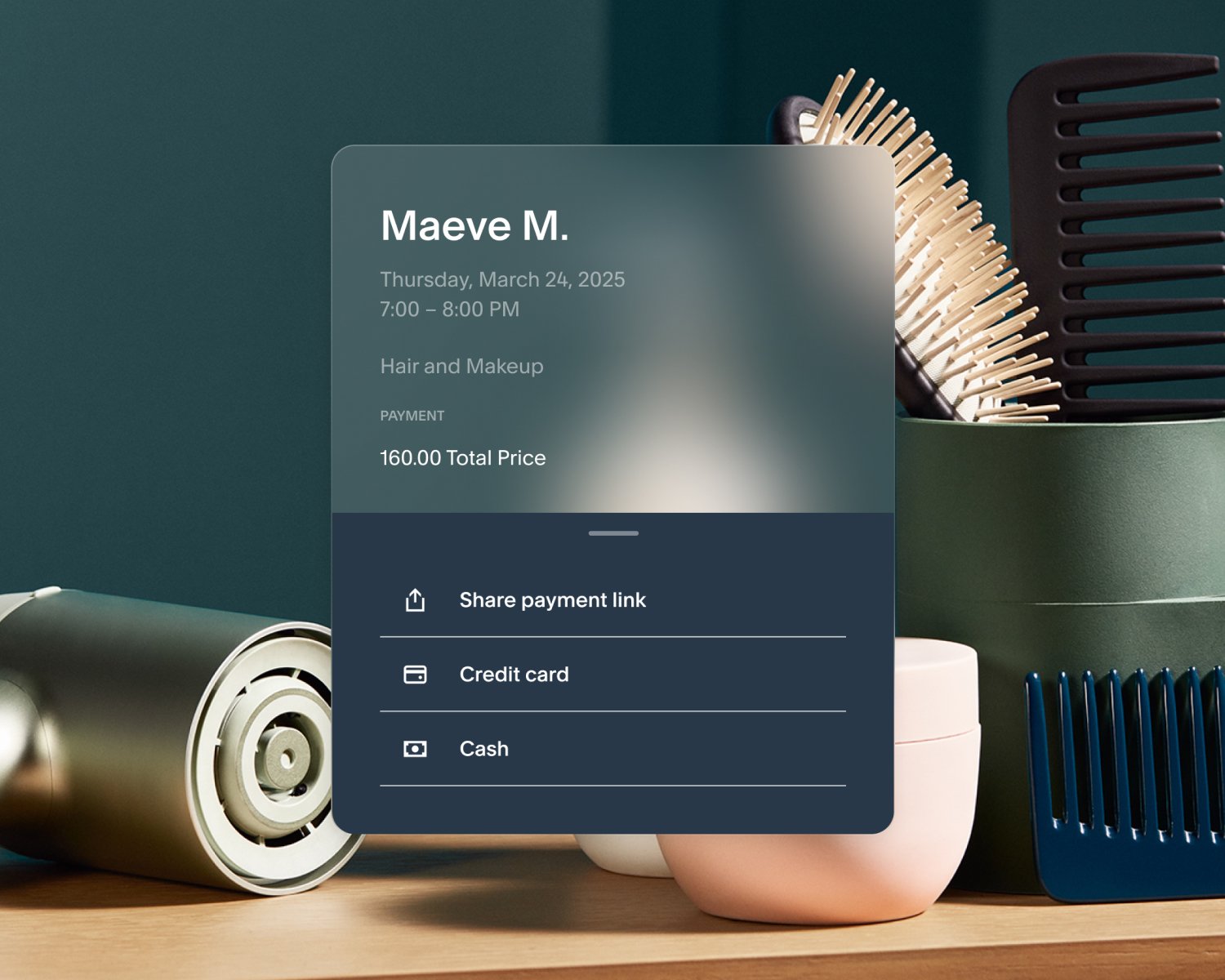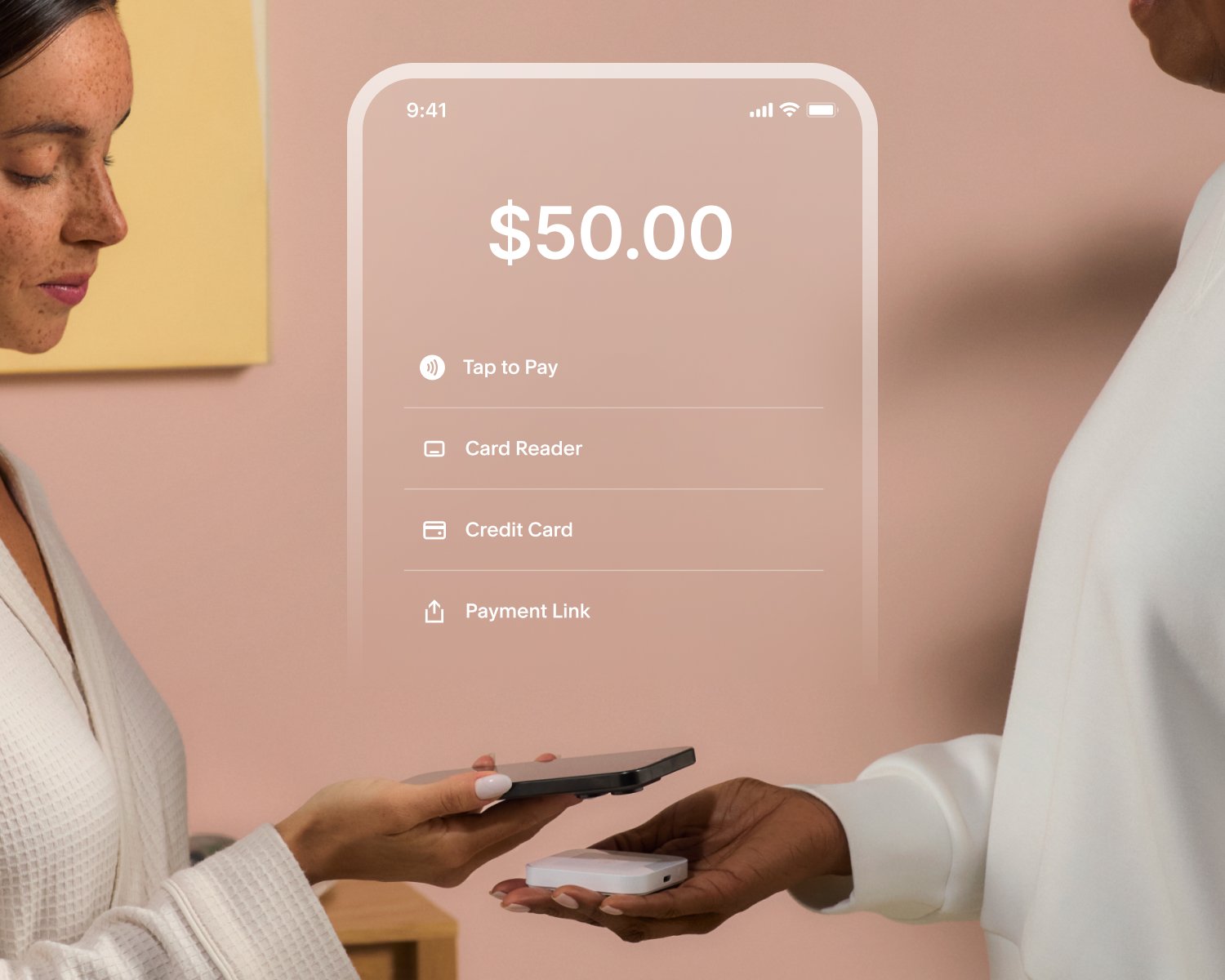Como precificar seus serviços
Are you selling classes, online courses, consultations, or in-person services? Then you’re in the right place. Whether you’re a massage therapist kneading away stress, a personal trainer getting clients into shape, or a tax advisor helping clients make smart financial decisions, one thing’s for sure: pricing your services can be more challenging than pricing a physical product. But it doesn’t have to be.
In this guide, we’re breaking down pricing services so you can confidently charge what you’re worth and attract the clients (and revenue) you deserve. First things first:
What is a pricing strategy?
A pricing strategy is the plan you use to set the price of your services. If you’re a hairstylist, for example, your pricing strategy guides how much you charge for a beginner’s cut versus an advanced cut, for color or a blowout. It’s not about picking a number at random—pricing strategies may depend on a variety of factors, including costs, revenue goals, industry standards, consumer demand, and economic conditions.
A good pricing strategy is as useful as any marketing tactic to engage your target audience, make a profit, and stand out from the competition. It’s your roadmap to the ultimate destination: scheduling success. Let’s explore some of the most common pricing strategies so you can determine what’s right for your business.
Common pricing strategies for service businesses
Hourly vs. project-based pricing:
Hourly pricing is the epitome of selling time. With this pricing strategy, you charge an hourly rate and bill clients based on how many hours it takes to complete the service. It’s common in industries where the time spent performing the service may vary.
The alternative to hourly pricing, project-based pricing, involves charging clients a fixed price for a specific project or service you perform. It’s often used for one-time services or those with a clearly defined scope and set of deliverables.
Cost-plus pricing:
This pricing strategy involves calculating your costs and then adding a markup to determine how much you should charge. For example, you may want to charge the cost of your service plus an additional 10%. It’s a simple approach that ensures you can make a profit.
What this pricing strategy looks like in practice:
When bidding on a construction project, a contractor calculates the total cost of materials, labor, equipment, and overhead, and adds a markup percentage (based on the desired profit margin and perceived risk) to set the final price.
Competitive pricing:
A competitive pricing strategy (or “competition-based pricing”) only considers market dynamics. Businesses research the current going rate for similar services, and then set prices according to what competitors are charging. You may price your services lower, higher, or to match those competitors to make your preferred clients more likely to choose you. If you offer something that your competitors don’t, you can use that to stand out in a saturated market.
What this pricing strategy looks like in practice:
A housekeeping service researches the prices of other cleaning and utility services in the area and finds the average hourly rate is $25. They decide to set their hourly rate slightly under this at $22 to better stand out to price-conscious clients while still maintaining profitability.
Tiered pricing:
A tiered pricing strategy involves offering different levels of service at different price points. Also called “price bracketing” or “good, better, best pricing,” this strategy helps cater to different needs and capture a wider range of clients. For example, you could offer a basic, standard, and premium package, with each increasing in value (and price).
What this pricing strategy looks like in practice:
A photography studio offers a basic photo package for $300, which includes a one-hour photo shoot and digital files. For clients who also want digital editing and prints, they offer a deluxe photo package for $500.
Value-based pricing:
With this pricing strategy, you set your prices based on the perceived value of your services and what your clients are willing to pay. For example, if you offer a service that saves your clients time or helps them make money, you can charge a premium for those benefits. Similarly, if your brand is highly sought after, clients may be willing to pay more for your services than they would a less-known competitor.
What this pricing strategy looks like in practice:
An executive coaching firm charges $5,000 for a one-day workshop that promises to help business leaders increase their profitability by implementing new strategies. They position themselves as experts in the field, and their fee reflects the value they provide in helping executives enhance their leadership skills, achieve their career goals, and drive success for their businesses.
Premium pricing:
Premium pricing is a strategy where you set higher prices for your services to convey a sense of exclusivity, quality, or luxury. This helps to position your brand as upscale or high-end, appealing to clients who are willing to pay more for perceived superior value.
What this pricing strategy looks like in practice:
A celebrity makeup artist uses premium pricing to reflect their expertise and famous clientele. Their prices are much higher than other MUAs in their area, who offer similar makeup application appointments for hundreds of dollars less. This helps them better attract those high-profile clients and maintain a luxurious brand image.
Economy pricing:
An economy pricing strategy, or setting prices at a low level, helps attract price-sensitive clients. It’s most often used by businesses that want to appeal to a wide audience and easily compete on price.
What this pricing strategy looks like in practice:
A budget-friendly hair salon advertises affordable haircuts to clients who aren’t willing or can’t afford to pay the steep prices at other salons. This helps them capture a large volume of appointments and build a loyal customer base, despite operating on lower profit margins per service.
Freemium pricing:
With a “freemium” pricing strategy (“free” + “premium”), you offer a basic version of your service for free, with the option to upgrade for a fee to unlock additional offerings. This can help you attract new clients who can then be upsold to pay for your services.
What this pricing strategy looks like in practice:
A brand consultant uses freemium pricing to attract clients at different stages of their brand development. They provide a basic brand audit with one virtual consultation at no cost, which allows clients to get a glimpse of their services and helps build trust. For clients who are then interested in more guidance, the consultant offers paid premium services, including competitor analysis, market research, brand positioning, and messaging development.
Dynamic pricing:
Dynamic pricing is, you guessed it, dynamic. With this flexible pricing strategy, you adjust your prices based on factors like demand, competition, and other market conditions. You might offer discounts during slow periods to attract more clients, or raise your prices during peak times to maximize profits.
What this pricing strategy looks like in practice:
During peak hours, such as after work or on weekends, a local fitness studio increases prices for popular classes like spin and pilates. This helps the studio manage capacity and ensures that clients who are willing to pay more can secure a spot. During off-peak hours, such as mid-morning or early afternoon, the studio discounts classes to encourage more bookings and fill up the schedule. By adjusting prices based on demand, the studio can ensure a more even stream of attendance and revenue.
Bundle pricing:
Bundle pricing is a strategic way to get more value upfront from each client. Group multiple services together, then offer these packages at a discounted price to increase your clients’ overall spend.
What this pricing strategy looks like in practice:
An event planner offers a package deal for wedding planning services. For one price, clients can get support with venue selection and coordination, theme development, and custom decor for less than it would cost to use different vendors or purchase each of these services individually.
Subscription pricing:
Another way to add value, subscriptions encourage clients to schedule a recurring service (routine appointments, sessions, or classes) at a discounted rate, setting you up for a stable cash flow and better client retention.
What this pricing strategy looks like in practice:
A dog groomer offers a monthly subscription that includes a set number of grooming sessions per month, such as baths, haircuts, and nail trims. Dog owners get a discounted rate compared to scheduling one-time appointments so they can keep their pets looking their best.
High-low pricing:
This pricing strategy involves offering high prices initially, then discounting them for promotions or sales events. It creates a sense of urgency and encourages clients to take advantage of lower prices while they have the opportunity.
What this pricing strategy looks like in practice:
A dental office uses special promotions and holiday deals to increase appointment volume and drive more revenue. Through their holiday whitening special, clients receive a discount on in-office whitening treatments booked before January 1 to start the New Year off with a bright smile.
Price skimming:
A skimming strategy starts with setting the highest price to capitalize on clients who are willing to pay a premium for a new or innovative service. Over time, prices are gradually lowered to attract more price-sensitive clients. This demand-based pricing strategy can help you create early buzz for your brand and boost revenue.
What this pricing strategy looks like in practice:
A new medspa is the first in the community to offer a powerful laser that targets key skin concerns. They set the highest possible price when introducing this cutting-edge treatment, helping to catch the attention of clients seeking out the latest trends and premium experiences. As the laser becomes more widely available, the medspa lowers the cost of treatment to stay competitive and attract a new pool of clients.
Penetration pricing:
This is the opposite of high-low pricing and skimming. Using a penetration pricing strategy, you set low prices initially to appeal to new clients, with the intention of raising prices later. This way, you can quickly gain market share and establish your brand and client base if you’re just starting out.
What this pricing strategy looks like in practice:
A new tutoring service offering online sessions uses penetration pricing to break into a competitive market. At the start, they offer their tutoring services at a lower price than established competitors to acquire clients. Once they have a solid reputation, they gradually increase their prices.
How to price your services, step by step
As you can see, there are plenty of pricing strategies out there. You may even use more than one. So where should you start? Here are some basic guidelines to help you take control of your pricing.
Understand your costs
Before you do anything else, calculate your costs. Your business might have fixed costs (like rent and utilities) and variable costs (like supplies and equipment). Adding them up will give you a solid baseline for your pricing.
Research your market
Next, it’s time to do some snooping around. Check out what your competitors are charging. Are you aiming to be the budget-friendly option among them, or the high-end, luxury choice? Knowing where you stand in the market will help you set prices smartly.
Consider your location
Where your business is located can also play a part in your pricing. Prices may vary based on geographic factors such as local income levels, competition, and cost of living. For example, businesses based in a wealthy neighborhood might charge higher prices than those in a less affluent area.
Determine your value proposition
What makes you stand out from the crowd? Maybe it’s your years of experience, your top-notch customer service, or your unique approach. Whatever it is, make sure your pricing reflects the value you bring to the table.
Choose a pricing strategy
Based on your costs, market research, and value prop, choose the pricing strategy (or strategies) that best aligns with your business goals and target audience.
Set your prices
Time to crunch some numbers. Use your research and chosen pricing strategy to calculate how much to charge for your services. You want your pricing to be competitive, but profitable, fair to you, but attractive to your target clients.
Communicate your prices to clients
When it comes to sharing your prices, be transparent and confident by clearly displaying prices and avoiding hidden fees. Keep your pricing simple and easy for everyone to understand, and highlight the value of your services in relation to your prices.
If you have a website, a pricing page can help you break down your services and illustrate what clients get for the cost before they book. You can also provide comparisons to competitors, or offer customization options to cater to diverse needs and budgets. Make this information easily accessible, and be open to receiving feedback from clients along the way. Follow up with them to address any questions or concerns to build trust and loyalty.
Review and adjust your pricing
Finally, don’t set it and forget it. Keep an eye on your pricing and be willing to adjust your strategy as needed. If market conditions or your business’s needs change, your prices can too.
Pricing your services doesn’t have to be a guessing game
With the right pricing strategy, you can set prices that reflect your business’s unique value, fill your calendar with the right clients, and ensure those clients return.
Already priced and ready for clients to pay? Start a trial of Acuity Scheduling at the best price there is—free—to see how scheduling software can streamline your payments and help your service business thrive.












